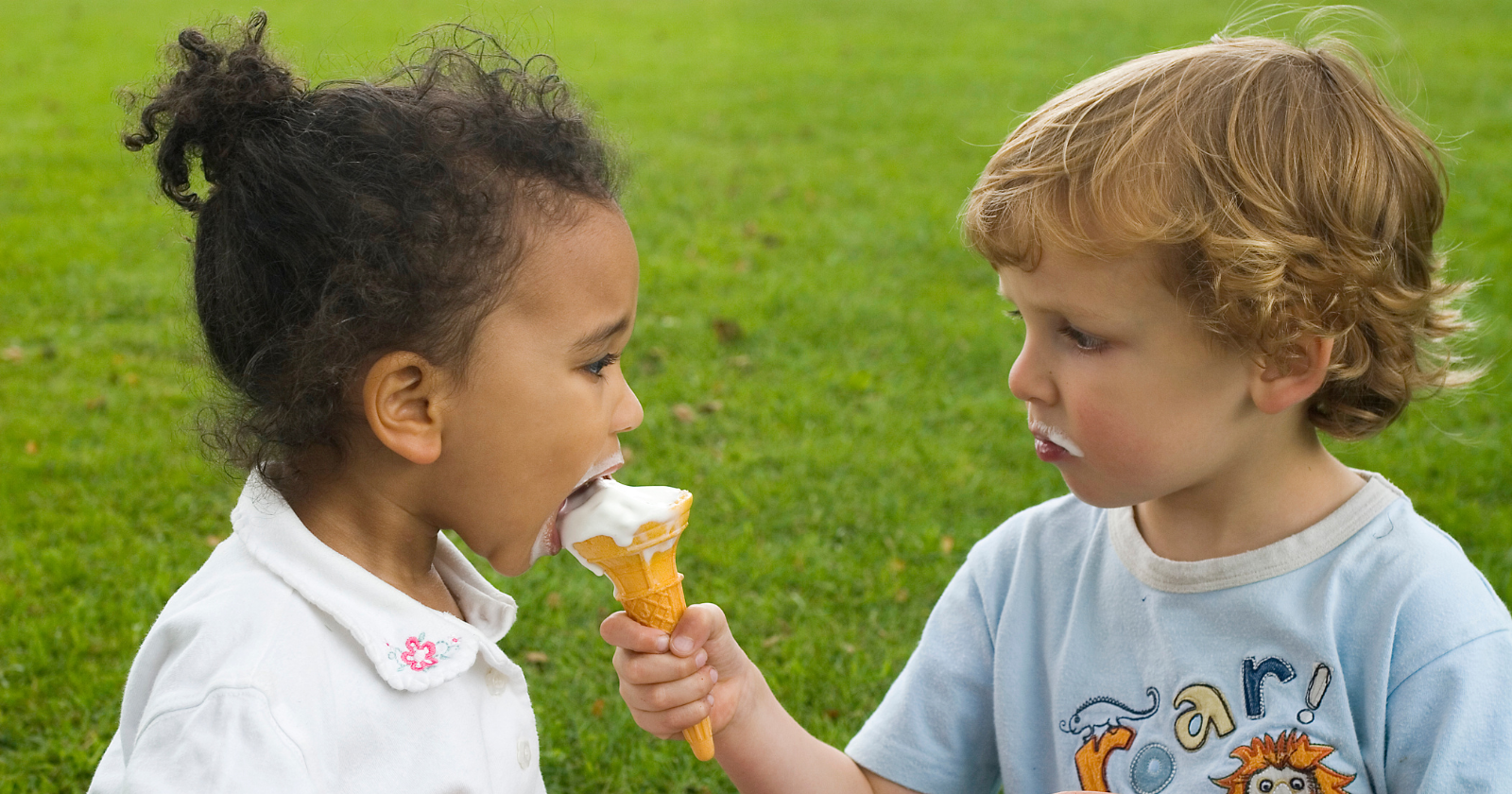As parents, we often focus on what we tell our kids, but it’s what we show them that leaves the deepest mark.
Every meal we share, every conversation they overhear, every time we handle stress or disagreement, our kids are learning how to be in the world.
Children don’t become emotionally grounded by accident. They absorb our tone, habits, and the way we treat others long before they understand words.
Here are eight behaviors kids quietly learn from watching us, the ones that shape how they’ll move through relationships, friendships, and life itself.
1. Listening with real attention
When a child speaks and we pause what we’re doing, even for a few seconds, they learn that their voice matters.
It’s easy to half-listen while checking a phone or cleaning up dinner, but children sense the difference between hearing and truly listening.
Experts from the Center on the Developing Child at Harvard University note that “serve and return interactions, responsive, back-and-forth exchanges between a young child and a caring adult, play a key role in shaping brain architecture”.
That means every moment of genuine attention helps wire emotional intelligence into their growing minds.
Listening also teaches patience. Kids learn that good conversations aren’t just about speaking but about creating space for others too.
2. Owning up to mistakes
No parent is perfect. We snap, forget, overreact, or assume the worst. But when we apologize, something powerful happens. Our children see that love and humility can coexist.
A simple “I was wrong, and I’m sorry” can repair far more than we realize. It shows kids that accountability is something that builds connection.
When my middle son once asked why adults never seem to apologize, I took a deep breath and told him, “We should. Especially when we’re wrong.” That moment stuck with both of us.
Children who see their parents admit mistakes grow up understanding that relationships can survive honesty. They don’t have to choose between being right and being kind.
3. Managing emotions without shame
How we handle our emotions teaches our kids how to handle theirs. When they watch us pause before reacting, breathe through frustration, or talk about feeling sad instead of hiding it, they learn that emotions aren’t dangerous; they’re just signals.
Psychologist Ailsa Lord once said that children “learn ways of coping with emotions by watching how their parents do this.”
Our calm doesn’t just soothe them in the moment. It gives them a model for life. Sometimes when I feel overwhelmed, I’ll tell my sons, “I need a minute to cool down.”
They see that even adults need space to regulate feelings. It’s a quiet way of teaching self-awareness.
4. Showing gratitude in small moments
Saying “thank you” may seem like good manners, but it’s much more than that. Gratitude builds empathy.
When parents thank their kids for setting the table, helping a sibling, or simply being thoughtful, it communicates respect.
Kids realize that kindness is a two-way street. Over time, they start to notice what others do for them too.
Gratitude becomes part of how they connect, not just how they behave.
This is actually backed up by research too. Dr. Damon E. Jones found that “social competence in kindergarten appears to predict a range of important adolescent and adult outcomes”.
In other words, those early lessons in kindness and cooperation truly shape future well-being.
5. Setting boundaries with calm confidence
Boundaries teach children that self-respect and compassion can exist together.
When parents say no without guilt or explain why a limit exists, kids learn that it’s okay to protect their energy and values.
They see that saying no doesn’t mean you love less; it means you care enough to be honest.
I used to struggle with this. I’d stretch myself thin, thinking I was being selfless. But the more I learned to say, “I need some quiet time” or “That doesn’t work for me,” the more peaceful our home became.
Kids who grow up with modeled boundaries become adults who don’t confuse people-pleasing with kindness. They learn to give from fullness, not exhaustion.
6. Respecting differences
Our children are watching how we talk about others, especially those who think, look, or live differently than we do.
When they see us listen with curiosity instead of judgment, they learn that disagreement doesn’t have to equal disrespect.
Dinner table conversations, news stories, and even neighborhood gossip become quiet classrooms where kids absorb our values.
They learn whether diversity feels like a threat or a chance to grow.
I’ve often reminded myself that my sons won’t remember every opinion I hold, but they’ll remember how I treated people who disagreed with me.
That lesson will shape their social world far more than any lecture could.
7. Handling stress without passing it on
Kids notice how we react when life feels heavy. Do we yell, withdraw, or reach for distractions? Or do we take a walk, talk things through, or simply admit we’re having a hard day?
When parents model healthy coping, like taking deep breaths, resting, or seeking help, children learn that challenges are part of life, not proof of failure.
Reading Laughing in the Face of Chaos by Rudá Iandê shifted my understanding of what calm really means.
His insights helped me see that peace grows from the way we face challenges, not from avoiding them.
One line from the book that I keep close says, “When we stop resisting ourselves, we become whole. And in that wholeness, we discover a reservoir of strength, creativity, and resilience we never knew we had.”
That message stayed with me. It reminded me that when I allow myself to experience chaos with awareness instead of fear, my children learn to approach their own struggles with the same gentleness.
True composure, I’ve learned, comes from self-acceptance.
8. Staying kind even when no one’s watching
The way we treat the waiter, the store clerk, or the neighbor we rarely talk to tells our kids everything they need to know about integrity.
Children quickly spot the gap between what we say and what we do. If they see us practice kindness when there’s nothing to gain, they internalize it as part of who they are.
One evening, after I tipped a delivery driver and thanked him, my youngest said, “You always say thank you to everyone.” It made me smile because I hadn’t realized how much he noticed.
Kindness, when modeled consistently, becomes instinctive. It shapes not just how kids treat others but how they treat themselves when life feels unfair.
Final thoughts
Our children are always learning, even in silence.
They learn how to listen by being listened to. They learn how to love by being loved with patience. They learn how to navigate the world by watching us move through it with compassion, curiosity, and grace.
We can’t control every influence in their lives, but we can shape the foundation they stand on.
So when we stumble, and we all do, let’s remember that growth, not perfection, is what really teaches.
The most well-adjusted kids aren’t raised by flawless parents. They’re raised by real ones who keep showing up, willing to learn alongside them.



